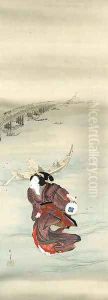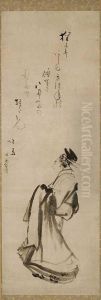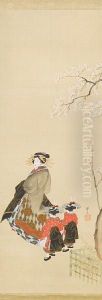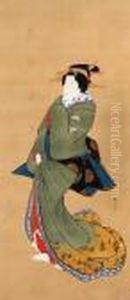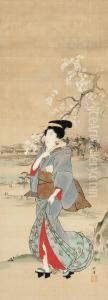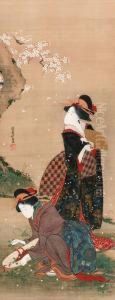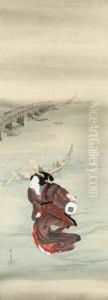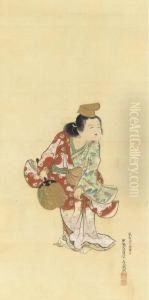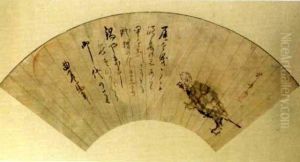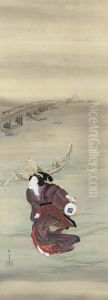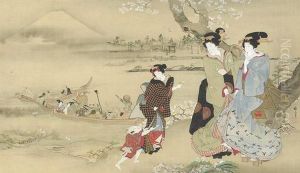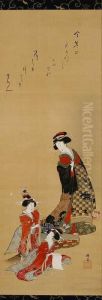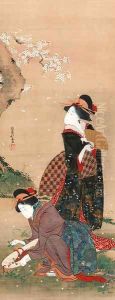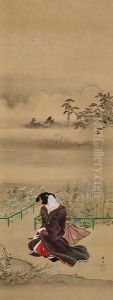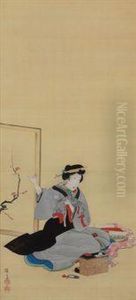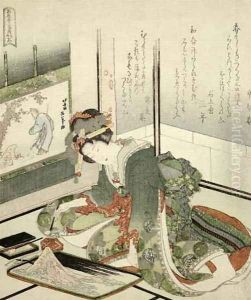Teisai Hokuba Paintings
Teisai Hokuba was a prominent Japanese artist known for his contributions to the ukiyo-e genre of woodblock prints and paintings during the Edo period. Born in Edo (present-day Tokyo) in 1771, Hokuba became an influential figure in the art world of Japan, working under the tutelage of the renowned master Katsushika Hokusai. His connection with Hokusai not only shaped his techniques and styles but also positioned him within the larger movement of ukiyo-e that was flourishing during this time.
Hokuba's works are characterized by their detailed and dynamic compositions, often featuring subjects from traditional Japanese literature, kabuki theatre, and the natural world. He was adept at portraying a wide range of subjects, from the delicate beauty of flowers and birds to the vibrant scenes of daily life in Edo. His illustrations for books and novels were particularly celebrated, showcasing his skill in capturing the essence of narrative through visual imagery.
Throughout his career, Hokuba experimented with various styles and techniques, reflecting the evolving tastes and artistic innovations of his era. He was known to have ventured into Western-style painting (Rangaku) as well, incorporating elements of perspective and shading that were uncommon in traditional Japanese art at the time. This blend of East and West in his work exemplifies the cosmopolitan nature of Edo's art scene during the late 18th and early 19th centuries.
Teisai Hokuba's legacy is marked by his contributions to the development of the ukiyo-e genre, as well as his role in bridging traditional Japanese art with Western influences. His works continue to be celebrated for their beauty, craftsmanship, and historical significance, offering insights into the cultural and artistic milieu of Edo Japan. Hokuba passed away in 1844, leaving behind a rich portfolio of art that continues to inspire and captivate audiences around the world.
